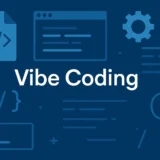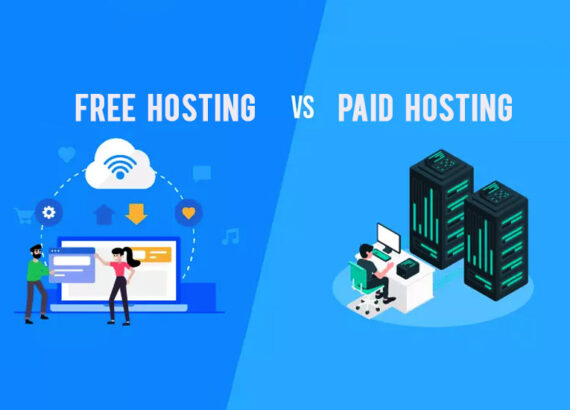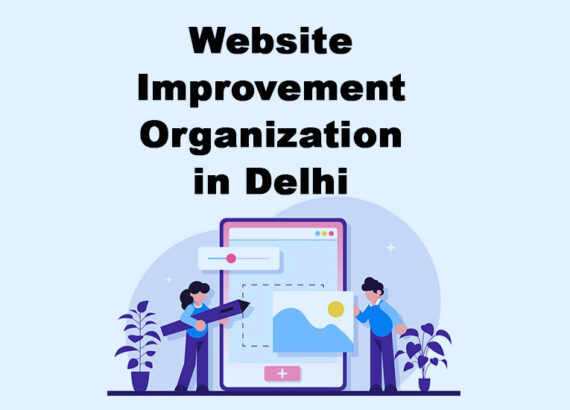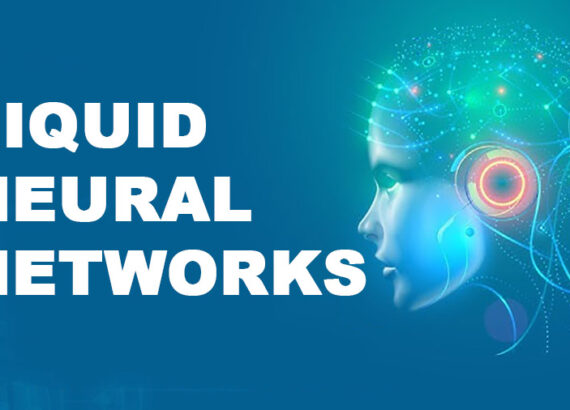Hey, techies and non-techies? Something is exciting—and a little overwhelming—about taking a brilliant machine learning model from the lab and releasing it into the real world. You’ve spent hours perfecting that algorithm, fine-tuning every parameter, and analyzing results, but then comes the real test: deployment, scaling, monitoring, and retraining. That’s where things get serious. Welcome to the world of MLOps—a space where development meets deployment, where experimentation meets structure. In 2025, MLOps isn’t just a buzzword anymore; it’s the backbone of any successful AI product. Whether you’re a startup building your first AI app or a Fortune 500 company scaling dozens of models across business units, the right MLOps platform is what helps you build not just a model—but a system that works.
Let’s break it down from the basics and then walk through 10 powerful MLOps platforms that are defining the AI game this year.
What Is an MLOps Platform?
Think of an MLOps platform as the control tower for your AI operations. It doesn’t just watch what’s going on; it orchestrates, automates, and ensures everything runs smoothly—from training to deployment to updates.
An MLOps platform gives data scientists and ML engineers the tools they need to collaborate, deploy models into production, monitor how they perform over time, and retrain them when things change (and trust us, things always change).
It typically handles:
- Model versioning and tracking
- Automated deployment pipelines
- Monitoring for model drift and accuracy issues
- Data and code lineage
- Integration with CI/CD tools
- Compliance, explainability, and governance
In essence, if you want your models to have a life beyond the Jupyter Notebook, you need MLOps. Without it, you’re flying blind.

How to Choose the Right MLOps Platform
Here’s how to decide on the right MLOps Platform:
Skill Level: Do you need a no-code or low-code platform? Or do you have the DevOps muscle to handle custom orchestration? This is a point you need to think about.
Where You Host: If you’re already on AWS, SageMaker might be the smoothest path. Using Azure? Stick to its ecosystem. It matters more than you’d think.
Scale: Are you managing five models or five hundred? Some platforms are better for experimentation; others shine when it comes to production at scale.
Regulations & Compliance: Are you in a heavily regulated industry (like healthcare or finance)? If yes, governance features should be non-negotiable.
Budget: Let’s be real—some platforms are expensive. Know your limits, and explore open-source or hybrid options when needed.

The Best MLOps Platforms in 2025
1. Azure Machine Learning
If your team is already using Microsoft services, Azure ML is a no-brainer. It’s super polished now—definitely not the clunky thing it was a few years ago. One of the best things about Azure ML is that it works for both beginners and pros. You can do simple drag-and-drop stuff if you’re just starting out or build robust pipelines if you’re a more advanced team.
In 2025, it’s especially strong in areas like AutoML, model version control, and responsible AI monitoring—and that makes it perfect for industries that can’t afford to mess up (hello, finance and healthcare).
2. Amazon SageMaker
There’s something about SageMaker that just screams “enterprise.” If you’ve got serious workloads and a giant AWS bill, this is the platform for you.
SageMaker has matured beautifully. Its integration with other AWS services is tight—you can stream data from S3, run training jobs on EC2, and deploy models using Lambda without leaving the AWS universe.
And the new tools in 2025? They’re gold. From SageMaker Model Monitor to Clarify for bias detection, you’re pretty much covered. Yes, it takes time to learn—but once you do, it’s one of the most powerful MLOps tools out there.
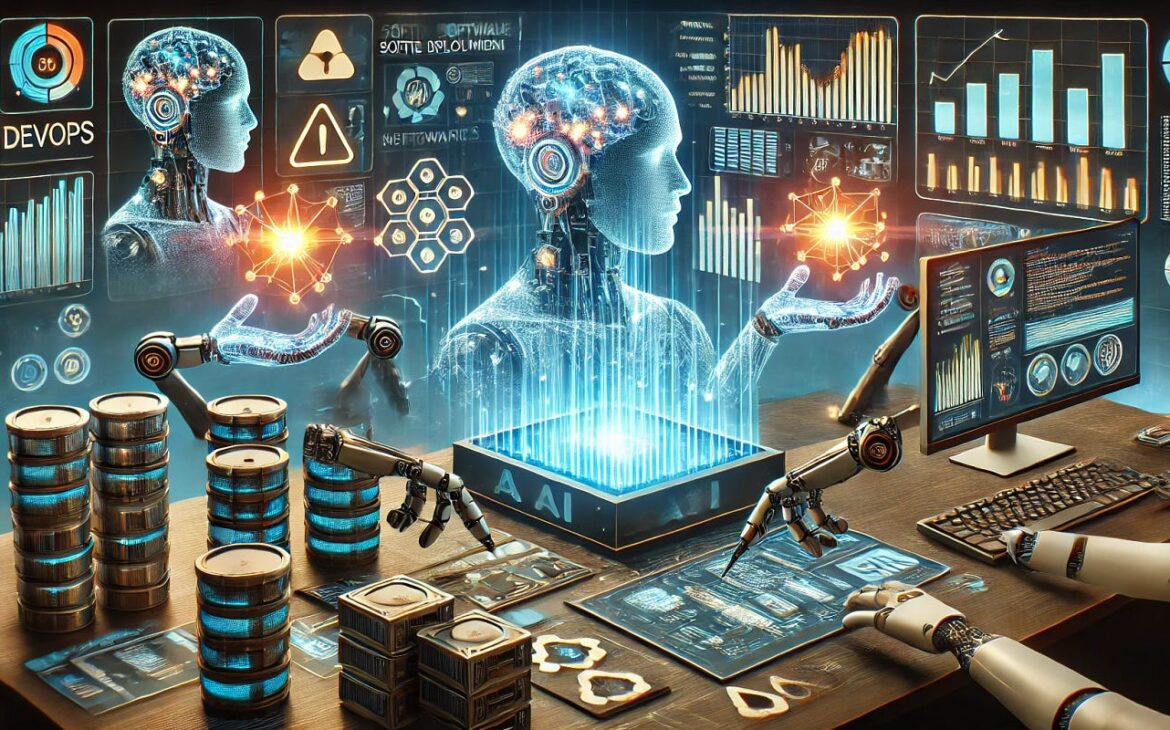
3. Google Vertex AI
Google went from having a bunch of scattered AI tools to pulling it all together in Vertex AI—and it shows. Everything just feels smoother now. Whether you’re training models, tuning hyperparameters, or deploying to endpoints, Vertex AI gives you one unified experience. And if you’re working with BigQuery or building LLMs, Vertex is a total dream. It also plays nicely with open-source tools and supports multiple frameworks, which makes it super flexible for growing teams.
4. MLflow (by Databricks)
MLflow is for those who like to keep things open, flexible, and well-documented. Originally open-source and now fully integrated with Databricks, MLflow focuses on four things: tracking, projects, models, and registry. It won’t do everything for you—but what it does, it does brilliantly. In 2025, MLflow will often be the backbone for custom-built MLOps systems. It’s perfect for teams who want to remain cloud-agnostic and avoid vendor lock-in.
5. Kubeflow
If you’re the kind of team that likes to build things your own way, Kubeflow will feel like paradise. Built to run natively on Kubernetes, this platform is designed for flexibility and scale. It takes a bit more effort to set up, but once it’s running, Kubeflow gives you modular control over every part of your ML pipeline. From notebooks to training jobs to deployment endpoints—it’s all under your command. That’s why it’s especially popular with research teams and tech companies building custom infrastructure.

6. Domino Data Lab
Enterprises with serious AI ambitions often turn to Domino—and for good reason. It’s built for collaboration, compliance, and control.
What sets Domino apart is how well it serves large, multidisciplinary teams. Data scientists, analysts, ML engineers, and compliance officers can all work on the same platform without stepping on each other’s toes. Its audit capabilities, model governance, and resource scheduling are top-notch, making it a favourite for teams that operate under strict regulations but still want to innovate at speed.
7. Weights & Biases
This one’s a fan favourite for a reason. W&B isn’t trying to replace your entire MLOps stack—it’s trying to enhance it. And it does that beautifully. With its intuitive dashboard, you can track experiments, visualize metrics, compare runs, and share insights—all in real time. In 2025, it also offers sweep automation, collaborative reporting, and an increasingly powerful artefact management system.
If you’re part of a research-heavy team that lives in notebooks and loves iterating, this platform becomes your second brain.
Conclusion
MLOps in 2025 isn’t just a technical discipline. It’s a philosophy. It’s a way of thinking about machine learning not just as models but as living systems that evolve over time. The platforms above aren’t just tools—they’re partners in helping you move faster, build smarter, and trust your AI in the wild. Whether you’re scaling your first model or managing thousands in production, one of these ten platforms has something just right for you.
Found helpful? Follow Nextr Technology for more such updates!
Thank you for reading
Buy Web Hosting at an affordable price: Buy Now.
If you want to build your website at an affordable price, contact www.nextr.in
Read this: How AI is Changing Education


